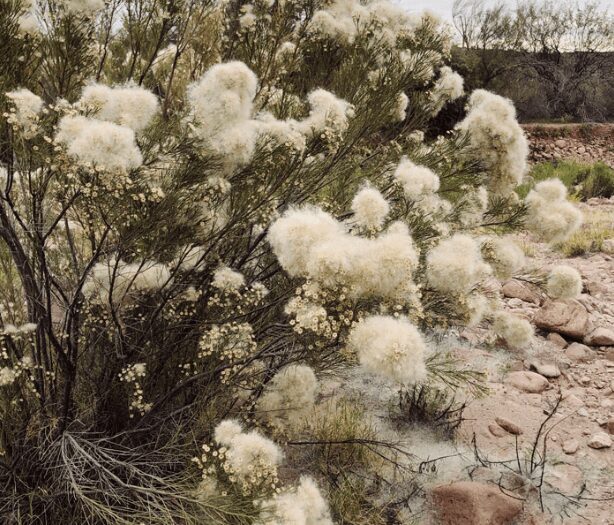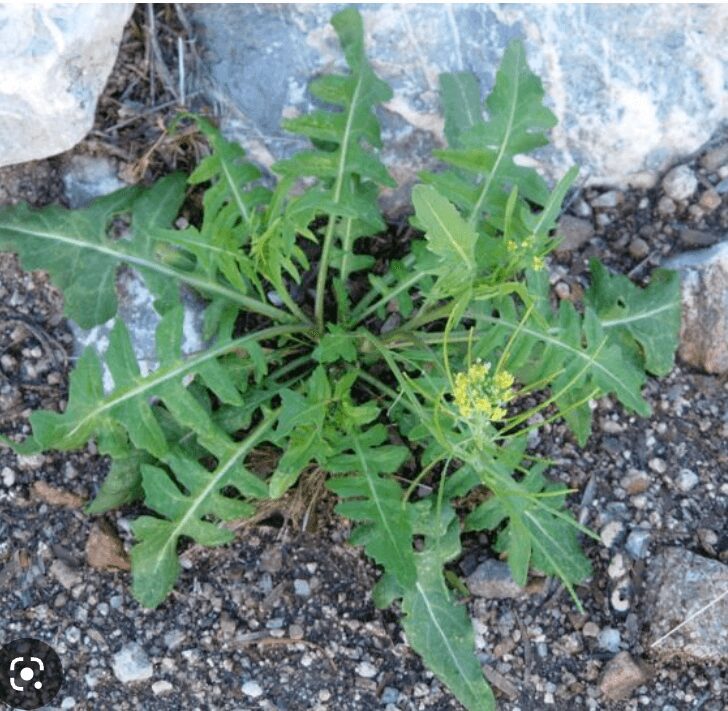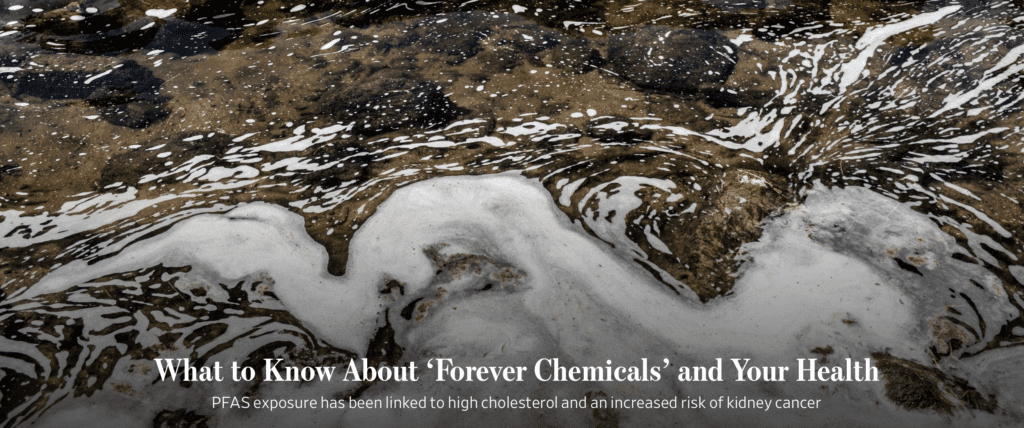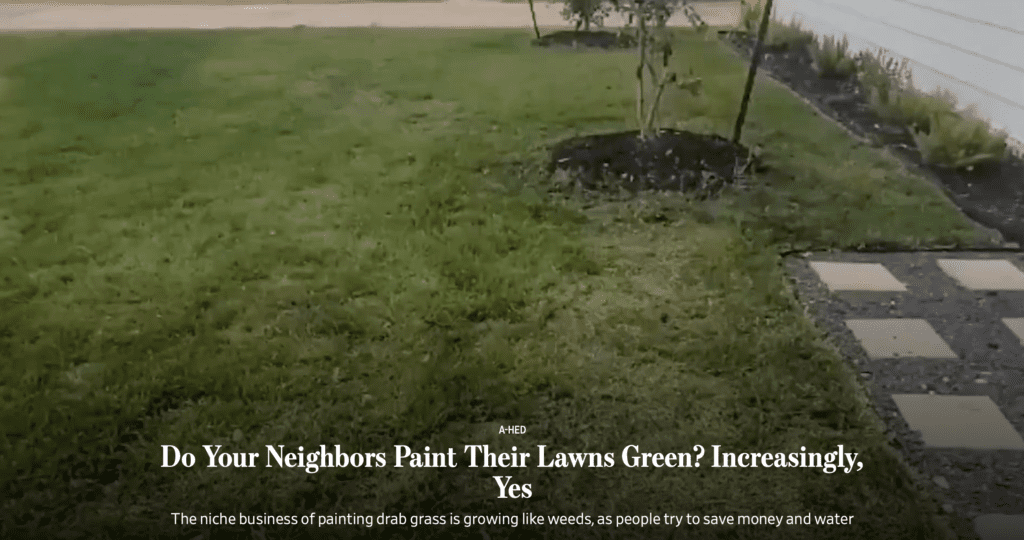Daniel Salzler No. 1194
EnviroInsight.org Five Items March 24, 2023
—————Feel Free To Pass This Along To Others——————
If your watershed is doing something you would like others to know about, or you know
of something others can benefit from, let me know and I will place it in this Information .
If you want to be removed from the distribution list, please let me know.
Please note that all meetings listed are open.
Enhance your viewing by downloading the pdf file to view photos, etc.
The attached is all about improving life in the watershed.
If you want to be removed from the distribution list,
please let me know. Please note that all meetings listed are open.
Check our website at EnviroInsight.org
1. Arizona Association Of Environmental Professionals March Meeting. The March meeting the Arizona Association of Environmental Professionals will be held March 28 from 6 to 8 PM at the Barnfire Mesquite Grill located at 8310 N. Thornydale Rd., Tucson, 85741.

The speaker will be Kris Gade from ADOT, speaking on “Monarch Butterfly Conservation, and ADOTs Approach”.
Cost of attending is :
$8 for virtual attendees
$20 for members
$25 for non members
If attending virtually, please RSVP and pay and we will email you the agenda with the zoom link on Tuesday morning. You must pay in advance if attending virtually to receive the zoom link. It is suggested that you do not login to zoom until about 6:15 for the meeting. https://us02web.zoom.us/j/88921206120?pwd=VUkwTDVmMmRrc2d3QVlkZ3hXUkt2dz09
2. Pulling Weeds. With an abundance of rainfall this winter, weeds are growing like Arizona hasn’t seen in years. Letting the weeds die in place and then cutting them with a lawn mower or string trimmer only sends a horrible amount of pollutants into the air for all of us to breathe. Our climate and topography allow dust and other pollutants to become easily entrained in the atmosphere. Dust particles can be so small that they can enter the lungs and travel into the bloodstream, causing respiratory and cardiovascular health problems.
Pulling of your weeds provides a better looking yard than cutting the off , so, here’s a great idea, before pulling, wet the soil. This reduces or eliminates dust pollution and gives you a much better looking yard. The right amount of water is measured when the weeds pull from the ground easily and cleanly.
If tis isn’t motivation enough, know this, if your weeds reside in Maricopa County (and possible other counties within the state) a permit from MCAQD is required when removing weeds by mechanized equipment (discing, blading or scraping) if this activity disturbs more than 0.10 of an acre (4,356 square feet). If the weeds are removed with a mower, weed eater, or hand tool, a permit is not required.
For more information on weed removal and/or permit requirements, contact the MCAQD Business Assistance Unit at 602-506-5102 or visit Maricopa.gov/aq
Most common weeds of Arizona:











3. What’s All The Buzz About Bees. Bees are not the only critters responsible for the food we eat. They are however, very important along with birds, bats, butterflies, beetles, and other small mammals that pollinate plants and are responsible for bringing us one out of every three bites of food. They also sustain our ecosystems and produce our natural resources by helping plants reproduce.
There are three types of bees: workers drones, and the queen. Worker bees are all female, and are responsible for all of the labor from collecting pollen to making honey. The drones or male bees, do not do anything, except copulate with the colony queen bee to produce more eggs. and at the end of the flowering season, before winter sets in, all the male bees, are killed and kicked out of the hive. They can usually be found laying on the ground in front of the entrance to the hive.
Bees are not born with the instinct to make honey. The young bees have to learn it from the older bees in the hive.
Queen bees live for a maximum of five years. In one day, a queen bee can lay 2,500 eggs. Queens tend to be busier during the summer as they need to reinforce the hives for the winter.
Bees have a heightened sense of smell. In total bees, have 170 specialized receptors for odor. This allows them to know which type of flowers have pollen and nectar in them.
Bees are insects that come from the family of Apoidaes. Very large family is composed of many bee species, including honeybees and bumblebees. There are 20,000 species of bees.

Even though they rest at night, bees remain conscious 24/7.
Bees have five eyes. Two are located along both sides of their heads. The remaining three eyes are located at the top of their head which gives them the ability to see UV light.
Humans are much more susceptible to being stung by a bee if hey have touched or eaten a banana any time within 6 to 8 hours of going near a beehive. The “banana” pheromone, or the smell of a banana, is the same odor bees respond to, when “going to war.” Humans receiving 1,100 bee stings can die.
To keep from being stung by bees, pain a small amount of finger nail polish remover (with acetate) on one finger nail. This odor is the same as when bees are at peace with the world.
Aside from other proteins, Melittin is found in a bees venom. According to research this substance could, potentially be explored as a cure for rheumatoid arthritis and HIV.
Bee colonies rely on worker bees for many crucial task, such as food production and to gather pollen and nectar. As a result, they need to be in their best condition.Because of this bees evolve to have a unique brain function. Depending on the task that a worker bee needs to perform, their brain chemistry changes, too.
Among the heightened senses, bees, can map out a person’s facial characteristics, recognizing which kind of souls would leave out nectar for them to come back to. This ability is now being studied for the development of facial recognition software.
Since their extra pair of eyes can perceive, polarized, and UV light, bees, also use the sun’s position to locate flowers with possible nectar and pollen. Bee can fly as far as 2 miles away from the hive, seeking nectar and pollen and still find their way back to their hive.
Bees can see you at a distance of at least 10 feet and as far away as 12 feet. Like most insects they can, see all the colors in the spectrum except the color red.
Around 1/3 of our food comes from a bees honey and/or pollination. In fact, over 80% of the worlds plants are pollinated by bees which further illustrates that one out of every four bites of food results from the pollination from bees.
Aside from honey, worker bees produce a substance called “royal jelly”. As the name suggest, only the queen bee and larvae can eat it. It is also this jelly that activates the queen morphology in larvae, eventually determining, which bee will grow to be the next queen.
According to the recent data, there are an estimated 2 trillion bees, according to a count of hives. Sadly, this number has experienced a decreasing trend through the many factors, parasites climate change, and pesticides.
A worker bee can fly at speeds of 20 mph. They heat their wings 200 times per second.
One worker honey bee will produce about 1/2 teaspoon on honey in its lifetime.
The first Africanized honey bees (much more aggressive) in the U.S. were discovered in 1985 at an oil field in the San Joaquin Valley of California. Bee experts theorized the colony had not traveled overland but instead “arrived hidden in a load of oil-drilling pipe shipped from South America.”[8] The first permanent colonies arrived in Texas from Mexico in 1990.[2] In the Tucson region of Arizona, a study of trapped swarms in 1994 found that only 15 percent had been Africanized; this number had grown to 90 percent by 1997.[9]
We ALL need to protect the bee!
Source: Editor and https://facts.net/bee-facts/ and https://en.wikipedia.org/wiki/Africanized_bee
4.

More than 2,800 locations in the U.S. have found PFAS in their drinking water. Jake May/Associated Press.
In the eight decades since they were created, so-called forever chemicals have reached remote corners of the Arctic and been detected in the open ocean and the tissue of animal species as diverse as polar bears and pilot whales.
Also known as PFAS, or per- and polyfluoroalkyl substances, they can stay in the environment for years without breaking down.
Nearly everyone in the U.S. is believed to have some level ofPFAS in their blood, according to the Centers for Disease Control and Prevention.
Manufacturers have faced thousands of lawsuits that claim that products containing the chemicals were harmful and contaminated the environment. The chemicals maker 3M Co., which made PFAS-containing firefighting foam, said in December that it would stop making and using PFASby 2025. Recently, a lawsuit against Thinx, a maker of period underwear, claimed that the absorbent products had PFAS in them. Thinx agreed to a settlement last year, but has said that PFAS weren’t part of its product design. In March, the Environmental Protection Agency proposed the first federal limits on PFAS in public drinking water, which would require water utilities to filter out certain PFAS that have contaminated water supplies Scientists are still studying the effects of human exposure to PFAS. Here’s what to know.
What are forever chemicals?
These are a class of thousands of compounds that have been used in consumer products and industrial manufacturing since the 1940s, often as slippery coatings to repel water or stains. They are found in a range of products, including carpets and cosmetics, according to the EPA. They are in coatings for food wrappers, in dental floss, and are used in some electronics manufacturing. PFAS are also infirefighting foams used at airports and military bases.
How do PFAS chemicals enter the body?
People can ingest PFAS through food or water, or encounter them in consumer products. More than 2,800 locations in the U.S. have found PFAS in their drinking water, according to the Environmental Working Group, a nonprofit that tracks the chemicals. Some of thoseare near military bases that used PFAS-containing foams in exercises for years.
“If people are in a place that has high contamination, then water is going to be important,” Dr. Brown said. “But for the average person who doesn’t have high levels of contamination, food is very often considered to be the most primary route.”
PFAS might pass to food from packaging, or produce and dairy could have PFAS from PFAS-tainted sludge used as a fertilizer, Dr. Brown said. People who hunt or fish might consume meat with high levels of PFAS. After detecting perfluorooctane sulfonate (PFOS) in rainbow smelt in some lakes, Michigan in January recommended avoiding the fish altogether, or limiting consumption of fish caught in those places. It is among a handful of states that have issued such warnings after testing game and fish for PFAS compounds.
Some occupations have a higher risk for PFAS exposure because of the tools they work with, according to the Agency for Toxic Substances and Disease Registry, a public-health agency within the CDC that evaluates potentially toxic chemicals. These include firefighting, painting, laying carpets and even long-term work with ski wax.
Companies have stopped using some PFAS since the early 2000s, and average blood levels for certain PFAS in U.S. residents have decreased since then, according to the CDC. Dr. Brown said companies have turned to other replacement chemicals that aren’t captured in this testing.
Evidence so far suggests that ingested PFAS is absorbed from the intestine, and can travel to the liver, pass into bile and get stored in the gallbladder, according to Jamie DeWitt, an environmental toxicologist at East Carolina University. When bile enters the small intestine during digestion, the PFAS gets reabsorbed into the bloodstream and recirculated. Also, rather than exit through urine, PFAS can get reabsorbed into the blood from the kidneys.
This is one hypothesis for why many PFAS compounds stay in the body for years, she said. Another is that they stick to proteins in the blood.
PFAS have been used since the 1940s. Nearly every U.S. resident has PFAS in their blood, according to the CDC. Companies have stopped using some PFAS since the early 2000s, and blood levels of certain chemicals have decreased since then.
The EPA is proposing limiting two chemicals of PFAS found in drinking water—PFOA and PFOS. The agency would set a limit for PFOA and PFOS of 4 parts per trillion each in public drinking-water systems.
In a report released on March 13,2023 by “Wastewater Management”, research estimates that toilet paper contributed about 4% of the total 6:2 disubstituted polyfluoroalkyl phosphates in sewage in the U.S. and Canada. PFAS have been detected in many personal care products, such as cosmetics and cleansers, that people use every day and then wash down the drain. But not many researchers have considered whether toilet paper, which also ends up in wastewater, could be a source of the chemicals.
Source: https://www.wwdmag.com/wastewater-treatment/press-release/33001632/toilet-paper-a-source-of-pfas-in-wastewater-study-finds?utm_source=WWD+Weekly+eNews&utm_medium=email&utm_campaign=CPS230320028&o_eid=3982G9337467F4W&rdx.ident[pull]=omeda|3982G9337467F4W&oly_enc_id=3982G9337467F4W and Wall Street Journal March 14, 2023
5.

GILBERT, Ariz.—Mike Landers enjoys taking his dog, Luci, for walks along the lush communal grass in the Islands, the master-planned neighborhood where he lives. This year, the grass looks particularly verdant. It’s been painted.
“Could you tell? It looks like green grass,” said Mr. Landers, who is 69, and came from Minnesota, adding that Luci doesn’t seem to mind.
Creating a green lawn has long been considered artistry, and perhaps now more than ever: More people are turning to paint.
In just moments, wilting, yellowing grass suddenly looks like it belongs on the fairways of St. Andrews. Painted lawns are becoming more popular as inflation-strained households try to save money, drought complicates water usage and severe storms have brought ice and freezing rain to swaths of the South, turning lawns a blah brown. This niche business sector has grown, well, like weeds, with lots of landscapers, professional training and an array of shades to choose from.
Not everyone is a fan of painted grass. “I don’t like it. It’s wintertime, it should be brown,” said Don Ossian, 65, another resident of the Islands community, who is originally from Iowa. He said his dog, Jedidiah, got green paint on his paws.
Tim Gavelek, who sells the turf colorant to the landscaping company that works at the Islands, said paint dries within a few hours and is safe for pets.
While Mr. Gavelek’s lawn-care company, Fertizona, has been selling green lawn paint for a decade, he said he is getting far more calls this year from landscaping companies, homeowner associations and residents curious about painting, in an effort to cut down on expenses and save water.
In Arizona there have been no limits on outdoor water usage in residential areas, unlike California. But cities such as Gilbert and Phoenix have warned restrictions could come if drought worsens. Scottsdale is trying to get residents to switch out lawns with water-saving landscaping by offering rebates.
Nick Perez, the representative at landscaping company BrightView who negotiated the contract with the Islands, said the neighborhood was looking to save, but wanted to keep up lawn appearances. “They want lush,” he said.
At the Islands, BrightView sprayed 17 acres with an emerald color made to look like golf courses. The move is estimated to save the community $70,000 in water costs that would have kept the grass naturally green, according to Mr. Perez. The Islands declined to comment.
Painting can cut down on water usage because grass doesn’t need to be alive. Dormant grass, that dry yellow stuff that shows up once the lawn stops being watered or is unhappy with temperature, can hang onto paint. You can get a dormant lawn to look realistic with paint, for an average cost of $250 to $350. The only problem is, it doesn’t feel as good as it looks.

The world of sports has long engaged in lawn painting for aesthetics. When you turn on TV to watch a golf tournament or football game, you’re often looking at painted grass. TPC Scottsdale, the course that held the Waste Management Phoenix Open in February, was painted to enhance and protect the blades for what has been nicknamed “the Greenest Show on Grass,” said Brandon Reese, director of agronomy at TPC. (Professional ice rinks are also painted white.)
Mr. Steele said a lawn needs to be prepared before it can be painted for best results. Some clients started asking him to remove weeds and mow their lawns first. He said he didn’t want to end up as a landscaper. Now, he paints only for friends and family who have well-maintained yards to start with.
“I’m very particular. The canvas has to be nice or you just don’t get the results that someone else may expect,” Mr. Steele said.
Still, he’s not perfect and keeps a rag in his pocket and Windex nearby in case any paint gets onto the sidewalk. A little dab and it’s all cleared up. Source: Wall Street Journal March 21, 2023.
Copyright: EnviroInsight.org 2023
